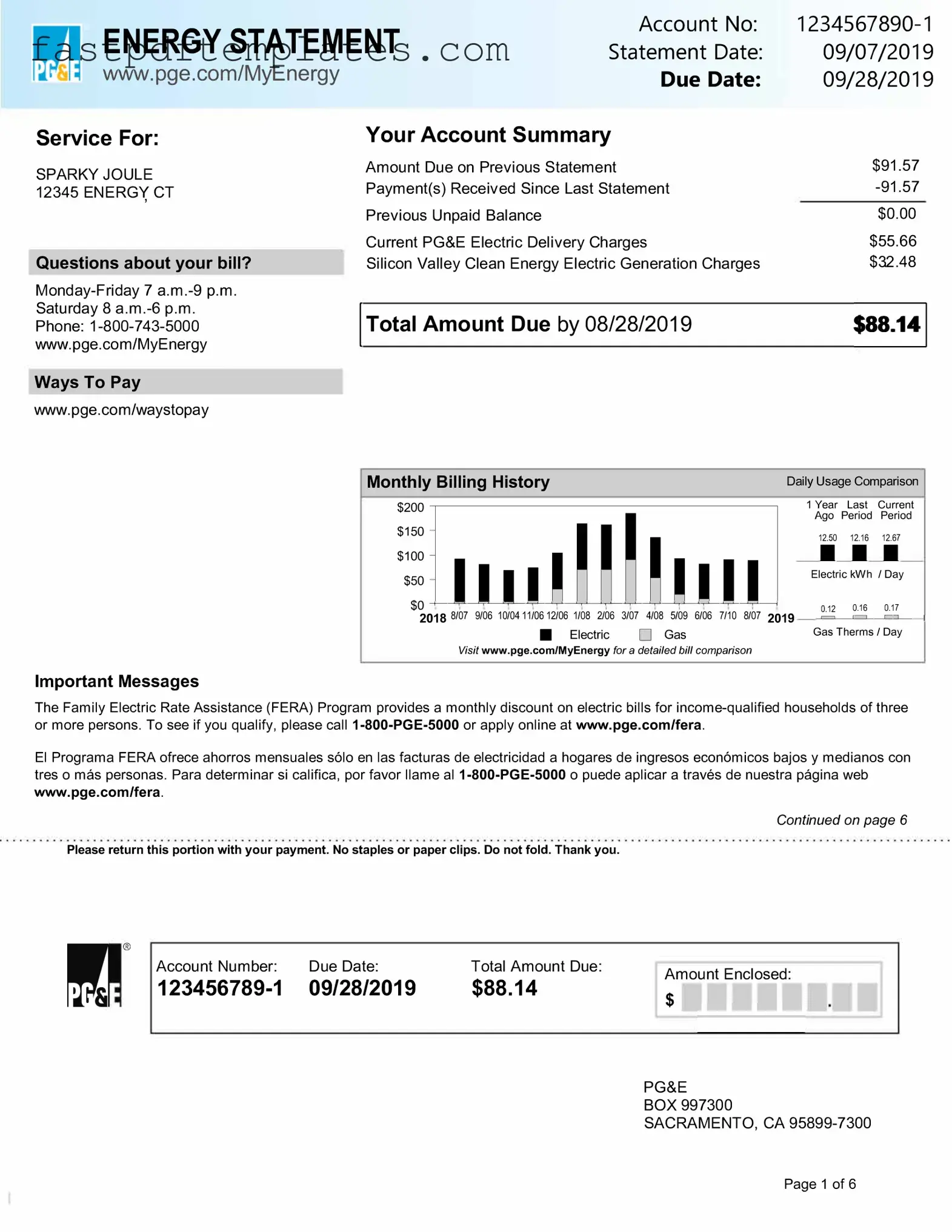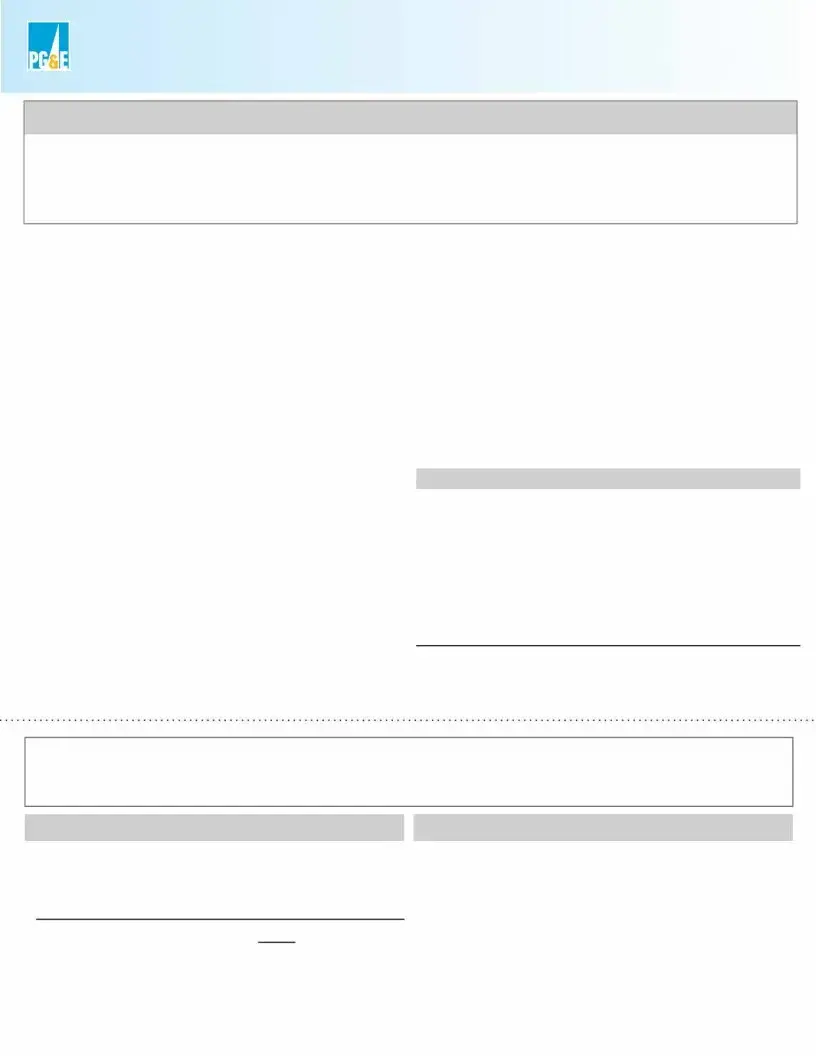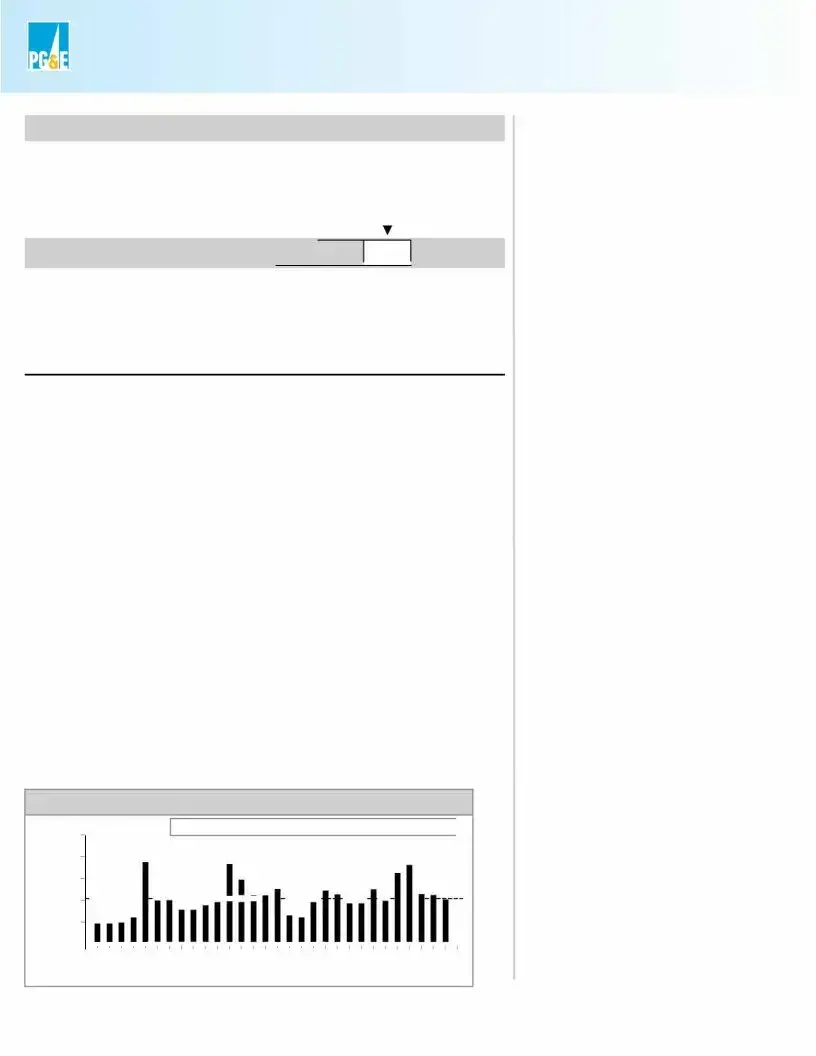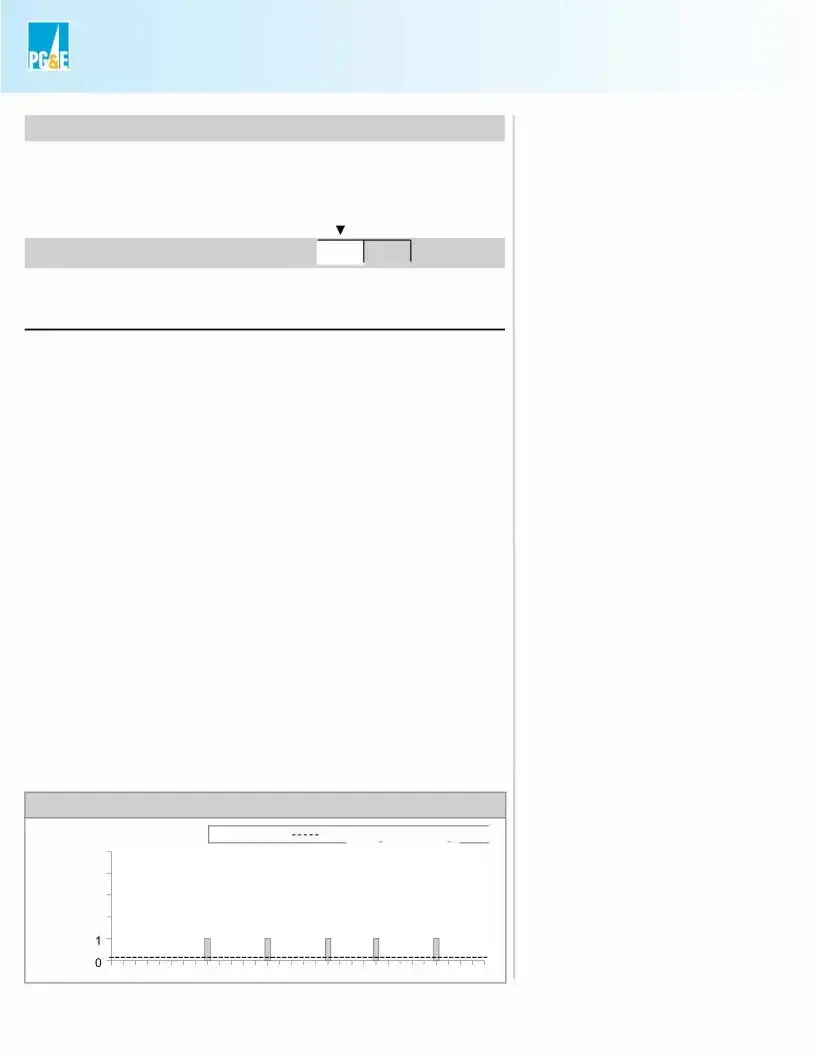The Utility Bill form shares similarities with a Lease Agreement, as both documents serve to establish a clear understanding of the responsibilities and rights of the parties involved. A Lease Agreement outlines the terms under which a tenant can occupy a property, including payment obligations and maintenance responsibilities. Similarly, a Utility Bill details the charges for services provided to a residence, ensuring that the account holder understands their financial obligations for utilities such as water, electricity, and gas.
Another document that resembles the Utility Bill form is the Bank Statement. Both documents provide a summary of financial transactions over a specified period. A Bank Statement lists deposits, withdrawals, and fees, allowing account holders to track their financial activity. The Utility Bill, on the other hand, summarizes the usage and costs of utilities, helping individuals manage their household expenses effectively.
The Credit Card Statement is also comparable to the Utility Bill form. Each statement provides a detailed account of charges incurred during a billing cycle. A Credit Card Statement includes purchases made with the card, minimum payment due, and interest rates. In contrast, the Utility Bill outlines the services consumed and the total amount due, both serving as essential tools for financial management.
In addition, the Pay Stub is similar to the Utility Bill form in that both documents provide essential information regarding financial obligations. A Pay Stub details an employee's earnings and deductions, while a Utility Bill specifies the amount owed for services rendered. Both documents are crucial for budgeting and understanding one’s financial situation.
The Insurance Bill is another document that bears resemblance to the Utility Bill form. Both provide a breakdown of costs associated with services. An Insurance Bill outlines premiums and coverage details for policies, while a Utility Bill specifies charges for services like electricity or water. Each serves as a reminder of financial responsibilities and the importance of timely payments.
Moreover, the Tax Statement aligns closely with the Utility Bill form. Each document communicates financial information that is vital for planning and budgeting. A Tax Statement summarizes income and tax obligations for the year, while a Utility Bill provides details about utility expenses. Both documents play a significant role in an individual’s overall financial health.
The Subscription Invoice is another document similar to the Utility Bill form. Both provide a record of services rendered and the associated costs. A Subscription Invoice details charges for recurring services, such as streaming or magazine subscriptions, while a Utility Bill outlines the monthly costs for essential utilities. Each document serves to inform consumers about their financial commitments.
Additionally, the Mortgage Statement shares characteristics with the Utility Bill form. Both documents are issued regularly and detail financial obligations. A Mortgage Statement provides information about principal and interest payments on a loan for a property, while a Utility Bill specifies the costs associated with utility services. Each is crucial for managing household finances and ensuring timely payments.
Finally, the Medical Bill is comparable to the Utility Bill form in that both documents summarize costs incurred for services provided. A Medical Bill outlines charges for healthcare services received, while a Utility Bill details costs for essential services like water and electricity. Both are vital for understanding financial responsibilities and managing budgets effectively.






